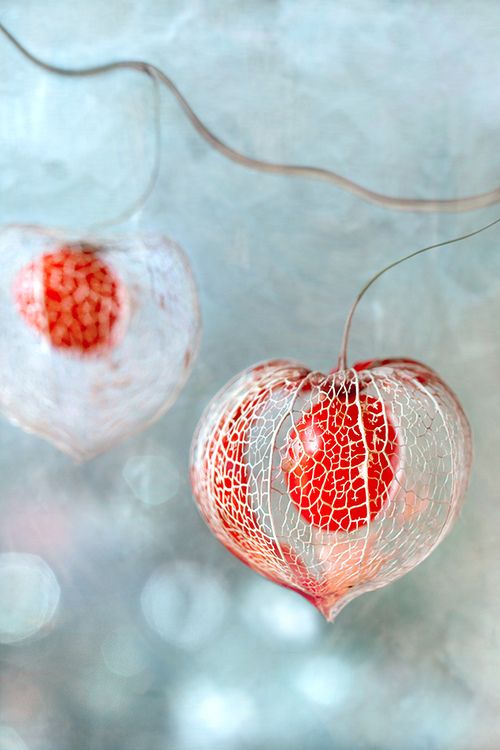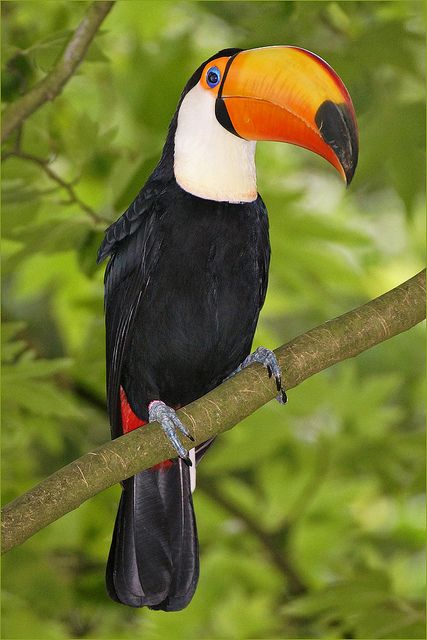Dear Integral Meditators,
Where are the places in your day where you could start taking a mindful pause, and what might the results and benefits be? The article below offers a practical reflection on this…
In the spirit of pausing,
Toby
 What happens when you take a mindful pause? (Breaking with habits)
What happens when you take a mindful pause? (Breaking with habits)
On most Sunday afternoons, I drop my daughter back at her mother’s place after a day out together and make my way home. My habit after dropping her off is to take out my phone, put my earphones on and listen to some music as I walk and talk the bus back. Last Sunday however I found that I had forgotten my earphones. Unable to listen to music, initially I could feel my mind feeling displeasure about the fact that I couldn’t do what I normally do; enjoy music. After I mindfully made the effort to accept the situation, and my minds displeasure, I was able to relax and think to myself ‘I wonder what I might be able to do with this time?’ Over the course of the 20minute journey to my place, here is what happened:
- Firstly, I came back to my physical body and spent some time moving my awareness into and taking care of the parts that were tired or stressed. I was able to tangibly reduce the amount of ambient pain and tension on my body, which in turn led to a certain amount of gentle pleasure and regeneration in my body.
- Secondly I spent part of the time getting in touch with and ‘digesting’ some of the quite intense emotions that had been stirred up over the course of the day and the weekend. I could acknowledge the challenging emotions that were present and take care of them. I was also able to enjoy and appreciate in a deeper way the pleasurable and positive emotions that were there. This led to a deeper sense of peace and ‘at homeness’ in my experience of myself in the moment, as well as some genuine love for the others that I had been with over the weekend.
- Thirdly, I turned my attention to my business for a short while. I planned activities and prioritized my tasks for Monday. This ‘future focused’ mindfulness enabled me to feel greater enthusiasm for my work, as well as clarity around what I needed to do.
- Lastly, I even remembered to do a few eye exercises (You know, the ones that really help to slow the deterioration of your sight, but that hardly anyone does??) which I have been meaning to start a habit of for a while.
You can see that there were four good results that came from the original ‘forced pause’ that not having my earphones created for me. It illustrates perfectly what happens when we break a habitual, unconscious pattern, and allow ourself to take a mindful pause. Once the resistance has been overcome, our mind naturally starts to seek ways to use the time in ways that promote awareness, recovery and wellbeing within ourselves.
As well as the ‘accidental’ mindful pauses such as the example above, I also deliberately create spaces in my day to pause between tasks. Often the initial experience is resistance; my mind wants to be ‘getting on’ with what I do out of habit but, after a short while this dissolves, and it starts to think creatively in the moment. Often mindful pausing helps us to shift from automatic, habit-based thinking to creative, intelligent, non-habit based thinking.
Where are the places in your day where you could start taking a mindful pause, and enjoying the results?
© Toby Ouvry 2017, you are welcome to use or share this article, but please cite Toby as the source and include reference to his website www.tobyouvry.com
Upcoming Courses at Integral Meditation Asia
Ongoing on Wednesday’s, 7.30-8.30pm – Wednesday Meditation Classes at Basic Essence with Toby
Ongoing on Tuesday evenings, 7.30-8.30pm – Tuesday Meditation Classes at One Heart with Toby (East coast)
Tuesday & Wednesday evenings from June 6-7th – Practical meditations for spiritual awakening & enlightenment – A six week course
Saturday July 15th, 10am-5pm, & Monday July 17th, 10am-5pm – Shamanic mandala meditation & art workshop
Integral Meditation Asia
Online Courses * 1:1 Coaching * Books * Live Workshops * Corporate Mindfulness Training *Life-Coaching * Meditation Technology








